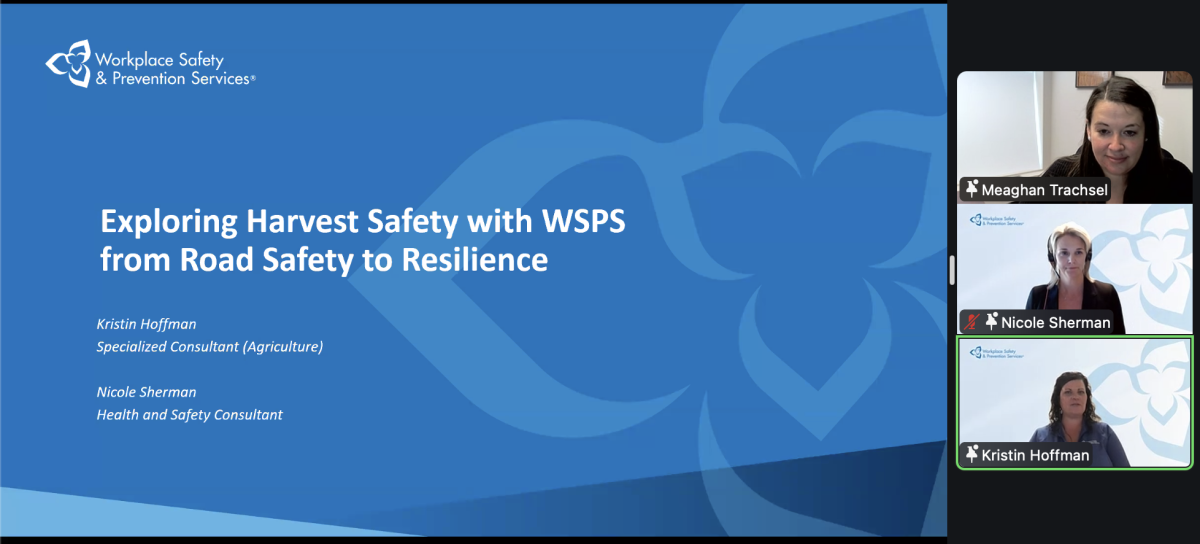Canada’s farm population is continuing to get smaller and older according to a recent report by Statistics Canada, based on the 2006 Census.
The farm population fell 6.2 per cent from 2001-2006, and now accounts for just 2.2 per cent of all Canadians, compared to 31.7 per cent in 1931, when it was counted for the first time.
In 2006 seniors age 65 and older made up 11.2 per cent of the farm population across the country, ranging from a high of 13.5 per cent in British Columbia to a low of 7.2 per cent in Quebec.
Read Also

Exploring Harvest Safety
Kristin Hoffman of WSPS explains measures for increased farm safety around harvest season
The study also highlighted that Canada’s farm community isn’t attracting its fair share of immigrants, who seem to be shunning country life in favour of the country’s urban centres.
The 2006 census counted 47,155 immigrants in Canada’s farm community, representing 6.9 per cent of the totall, down from 8.5 per cent in 1971. During the same 35 year period, the share of immigrants in the general population grew from 15.3 per cent to 19.8 per cent.
In general the immigrant population born in Asia and the Middle East surpassed the number of European immigrants for the first time in 2006.
In the farm population, the majority of immigrants are still European, and 40 per cent of these individuals immigrated before 1966. Of the immigrant farm population most come from the Netherlands (19.8 per cent), the United Kingdom (13.9 per cent) and the United States (11.3 per cent).
The farm types with the largest number of immigrant operators are fruit and nut tree farms, greenhouse operations and nursery and floriculture farms.














